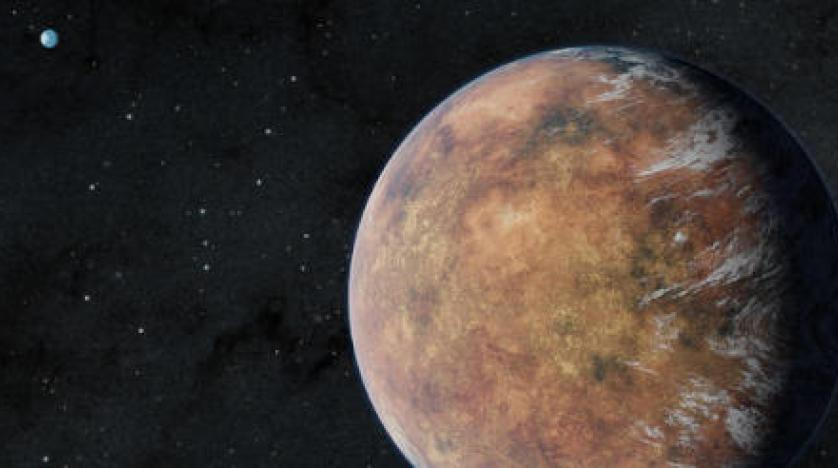Earth-like planet discovered by NASA's James Webb Telescope

NASA's James Webb Space Telescope has found its first rocky planet, which is very similar to Earth.
The newspaper "The Independent" said in a recent article that the new planet contains the same terrestrial rocky terrain and its size is close to the size of the Earth, and this discovery may be one among a large group of planets that the telescope can find, in addition to that the "James" telescope will allow Webb is the only telescope capable of discerning the atmospheres of distant planets.
Mark Clampin, Director of the Astrophysics Department at NASA Headquarters in Washington, said that the results of this first observation of the Earth-like rocky planet open the door to many future possibilities for studying the atmosphere of distant rocky planets using the JWST telescope, and stated that the exploration process is still in its infancy.
Scientists named (LHS 475 b) the new planet, which is 41 light years away from the Octans constellation in the southern sky, and through preliminary observations, scientists confirmed some facts about this new world and it was classified outside the solar system, with a diameter of 99% of the diameter of Earth, and its temperature rises from the planet by a few hundred degrees and completes its orbit in two days, but scientists were unable to know whether the planet has an atmosphere yet, and this will be discovered during the coming period.
Although the specialists did not reach a definitive answer, they ruled out the existence of a dense atmosphere of methane gas, as is the case in the cover of Saturn's moon "Titan", and although such planets are not visible to space telescopes, but the NASA telescope "James Webb" proved again The strength of his techniques, and he was able to explore these elusive rocky planets, because their small size and distance from our planet require powerful tools and techniques to see them, and the researchers hope to be able to accurately characterize the atmosphere of the distant planet over time, with the expectation that many discoveries will emerge during the weeks. and the following months.
NASA revealed in November that the telescope was able to observe the composition of the atmosphere of an exoplanet in its unique detail, indicating the possibility of searching for alien life by identifying active chemical signs, clouds, and planetary atmosphere compositions.
Source : websites

